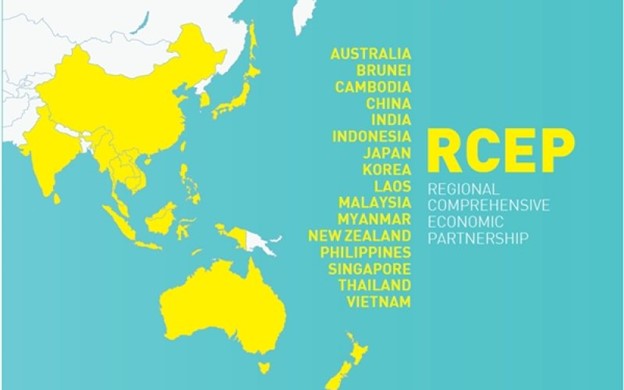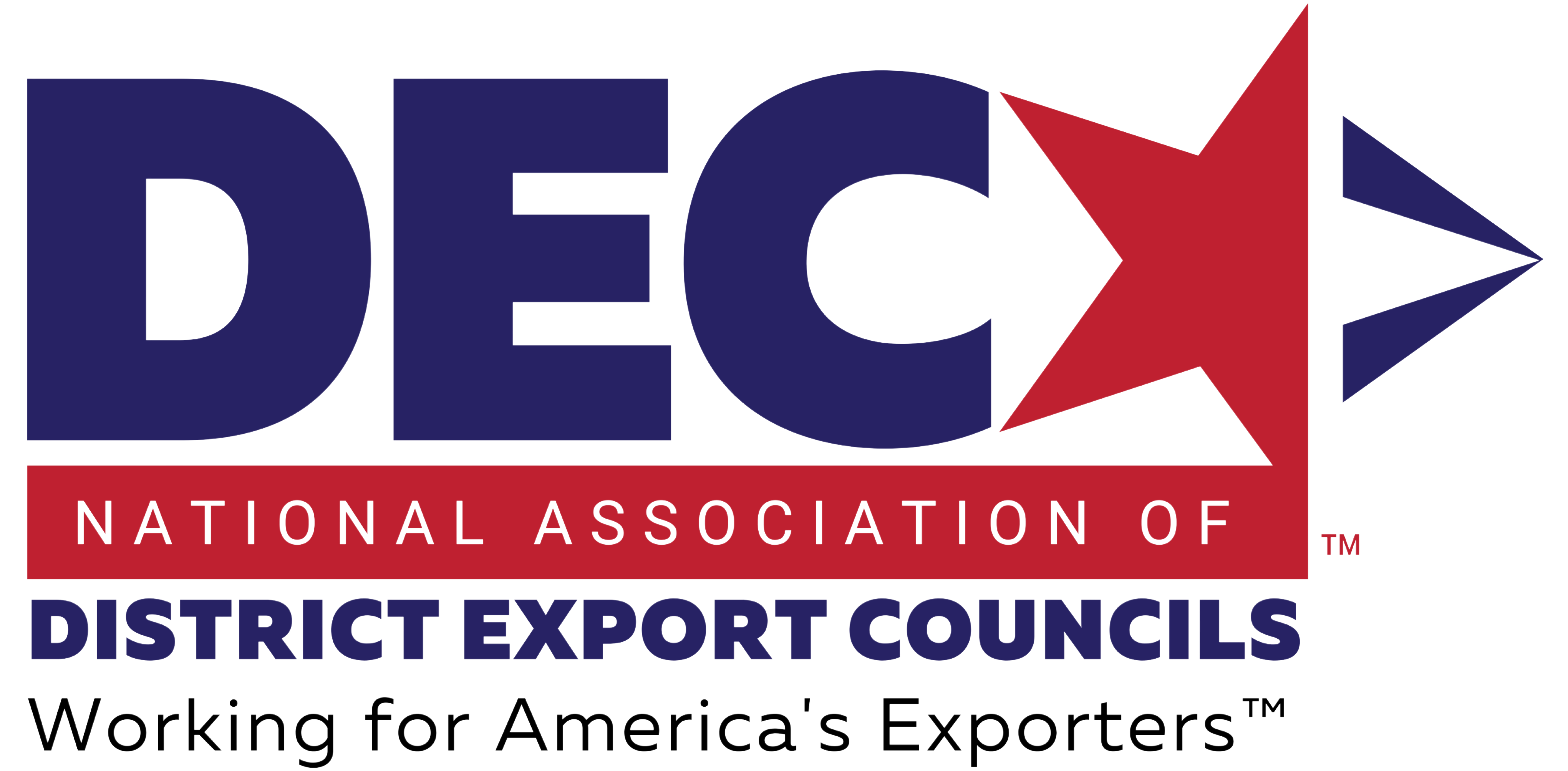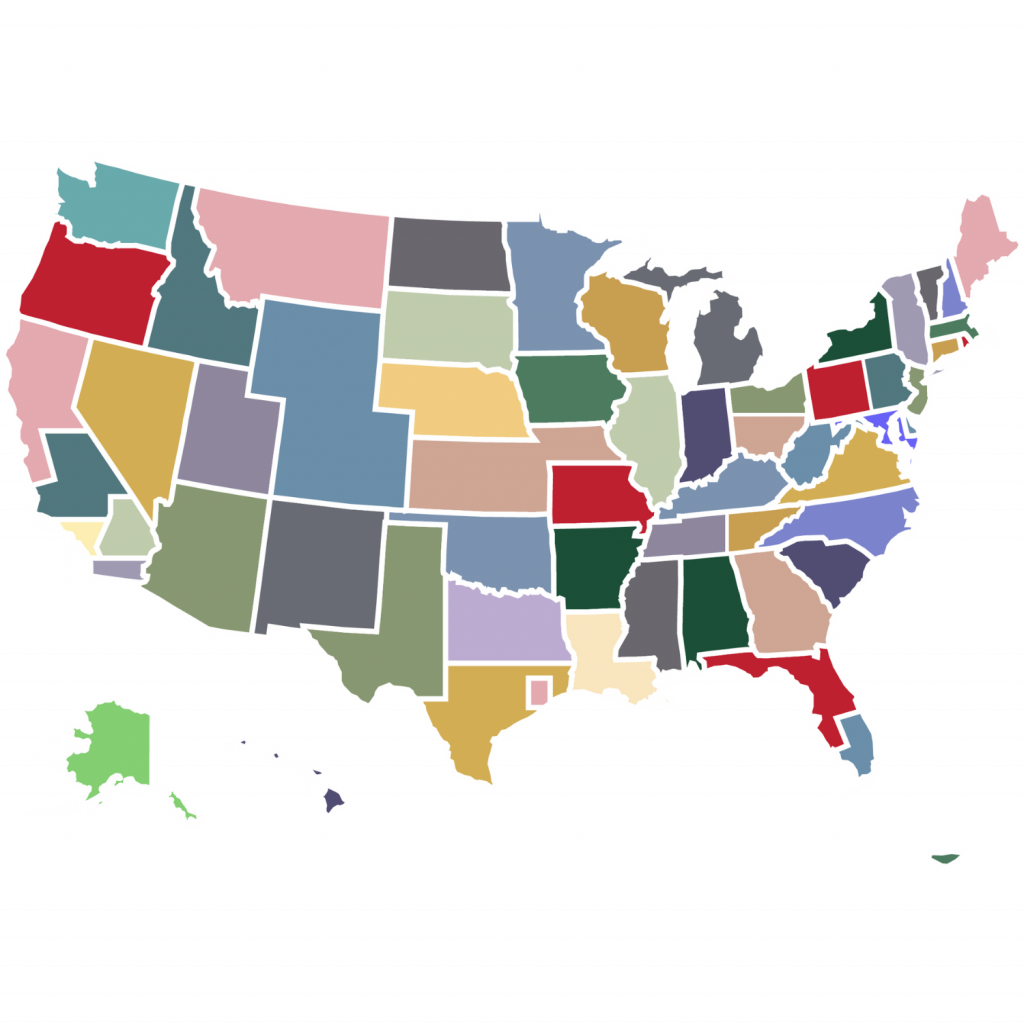Back in the late Fall (November 15, 2020), negotiators signed off on the first free trade agreement between China, Indonesia, Japan, and South Korea, four of the five largest economies of Asia. Initially conceived at the ASEAN (Association of Southeast Asian Nations) Bali Summit in 2011, the Regional Comprehensive Economic Partnership (RCEP) includes 15 countries which account for approximately 30% of the world’s population (China, Australia, Brunei, Cambodia, Indonesia, Japan, Laos, Malaysia, Myanmar, New Zealand, the Philippines, Singapore, South Korea, Thailand and Vietnam). It has yet to be ratified and will take effect 60 days after it has been ratified by at least six ASEAN and three non-ASEAN signatories. India backed out of the negotiations at the last minute and is not a signatory.

The 15 RCEP member countries account for about 30% of the world’s population (2.2 billion people) and 30% of global GDP ($26.2 trillion) as of 2020, making it the largest trade bloc in history. Moreover, the RCEP countries comprise the fastest economic growing region in the world and are predicted to continue so for the foreseeable future.
It is little wonder that some analysts predicted that the RCEP would “pull the economic center of gravity back towards Asia,” and would amplify the decline of the United States in economic and political affairs. The RCEP has been trumpeted as “the world’s largest trade agreement,” supposedly creating a European Union-style trade bloc that provides “a European Union-style single set of trade rules” to govern the Indo-Pacific economy. By remaining aloof from the negotiations, some “experts” have claimed that the United States has “clearly lost out” in terms of international influence and economic prosperity. It is little wonder that such hype will have the effect of motivating trade policy types to re-think the multi-lateral vs. bi-lateral trade agreement analysis amid hand-wringing over “if only we had done the TPP.”*
No question that the RCEP is a huge deal. Maybe even a bit scary, absent a close look. Is it really meaningful as a trade deal? No. Understand that the RCEP is a straight tariff-reduction agreement at a time when base tariffs among its member countries are already low. In addition, those RCEP countries do not hesitate to impose punitive tariffs whenever it suits their foreign-policy objectives. The RCEP says virtually nothing about economic governance, and even its trade provisions are unenforceable. It avoids difficult issues like government subsidies, government procurement, theft of intellectual property, and investor-state dispute settlement. Labor standards aren’t even mentioned. Agricultural trade is largely exempt. The RCEP actually is a China-style trade agreement: full of all kinds of generalities and not terribly effective.
As for European Union-style integration, forget about a common market, freedom of movement, or even binding arbitration for dispute settlement. Despite 469 pages covering the liberalization of trade in services, China’s internet will remain shuttered for all of the RCEP member countries.
India’s withdrawal from the RCEP negotiations is illuminating. The fact that the RCEP does nothing to rein in China’s bad behavior is likely the reason why India withdrew from the deal. Indian Prime Minister Narendra Modi has been alternatively criticized for protecting Indian agriculture and praised for protecting its manufacturing sectors. The criticism is absurd: The RCEP doesn’t even cover agriculture. The praise is more reasonable—participation in the RCEP would have left India highly exposed to imports of cheap Chinese and Southeast Asian small manufacturers. The protection of inefficient manufacturing is only part of the story. The other part has to do with China’s (and others’) retention of their own non-tariff barriers, state subsidies, and a lack of transparency.
There is, however, a useful aspect of the RCEP and that is its extremely liberal rules of origin provisions, perhaps the most lenient ever seen in a major trade agreement. Essentially you have to have at least 40 percent of the product produced not just in Vietnam, but anywhere in the RCEP region. So, 60 percent could still come from the United States, but 40 percent, at least, should be produced in Vietnam or China or Indonesia or any one of the 15 countries. That is a very low threshold. In addition, there other ways of calculating origin in order to satisfy the RCEP origin rule. Also, there is a single certificate of origin that all countries will be able to use to sell to anybody in the region. So, for a firm that does business in this region, it is very easy to connect a qualifying piece of its supply chain into one of the member states and then qualify for regional, RCEP status. All of this is due to the terms of the rules of origin chapter in the agreement.
Contrast the RCEP with the current version of the TPP, now called the Comprehensive and Progressive Trans-Pacific Partnership (CPTPP) which has 11 members after the United States left and 7 of those are also members of the RCEP. The CPTPP is a kind of rigorous, Western-style agreement. It’s very specific, very detailed, and very, very hard to negotiate. The CPTPP is an agreement among very outward-looking, stronger, more advanced economies than RCEP is. It also has a very detailed e-commerce section along with the sections and chapters missing from the RCEP referred to above. Because Japan ratified the TPP morphing into the CPTPP, there is still a potential seat at the table for the U.S. It remains to be seen under the new administration in the White House whether the U.S. will attempt to join the CPTPP. No question that the ratification of the RCEP will force at least an examination of that possibility by the trade policy types in the new administration.
As for the RCEP, what is its real value? It is mostly geopolitical, linking China tighter economically with its neighboring Asian countries. It is also a huge propaganda win for China as 2021 marks the Centennial of the founding of the Chinese Communist Party. The final ratification of the RCEP will at least be underway, if not completed in 2021, creating a cause celeb in Beijing for the Centennial.
Article by David F Day, Co-Chair, NADEC Trade Policy Committee
______________
*We need to remember that during the Presidential campaigns of 2015, both candidates, Trump and Clinton (along with the failed Bernie Sanders campaign), declared that if elected they would each pull the U.S. out of the Trans Pacific Partnership deal. Whether we like it or not, the TPP was not going to happen for the U.S., at least not then.































































